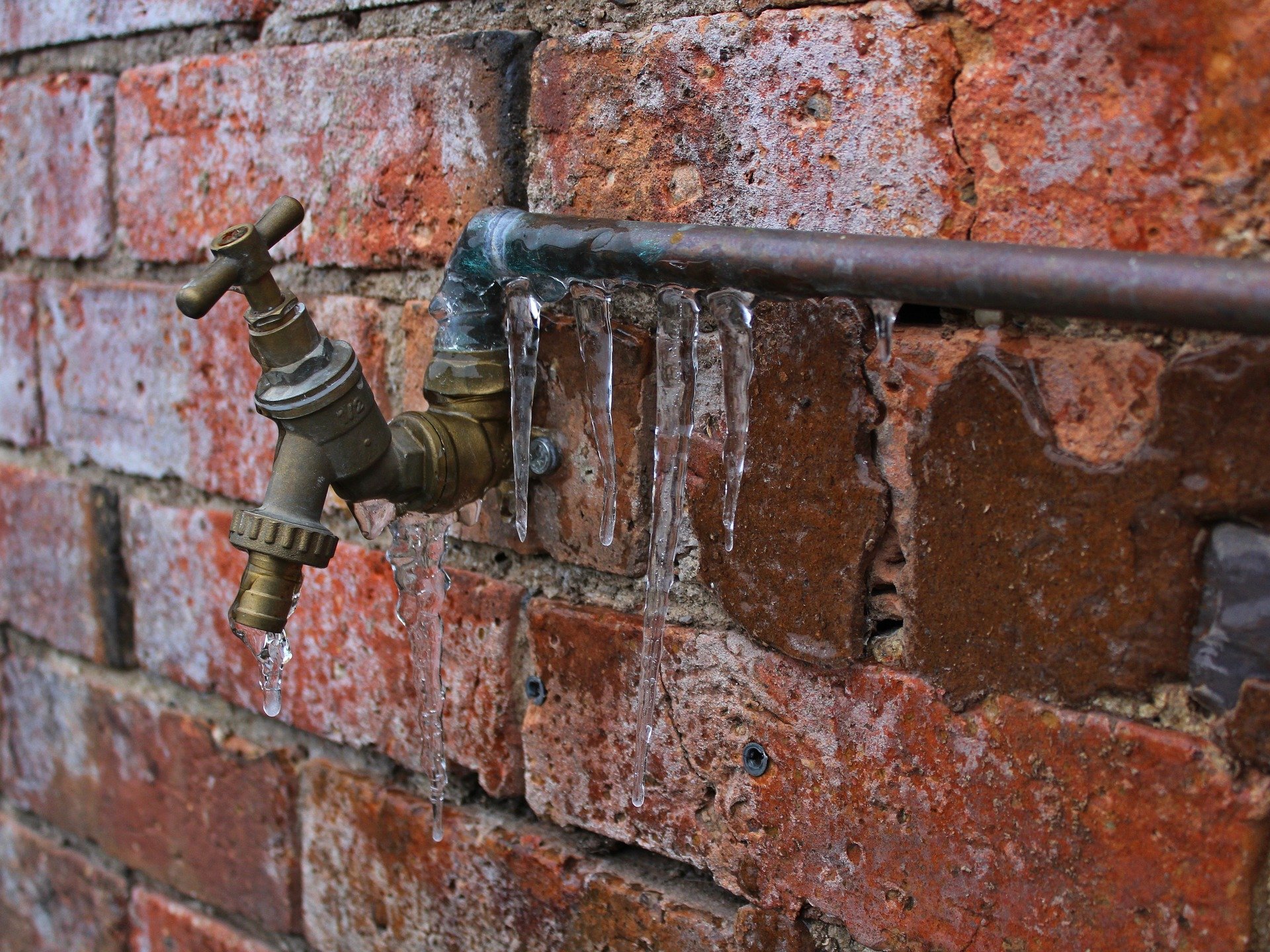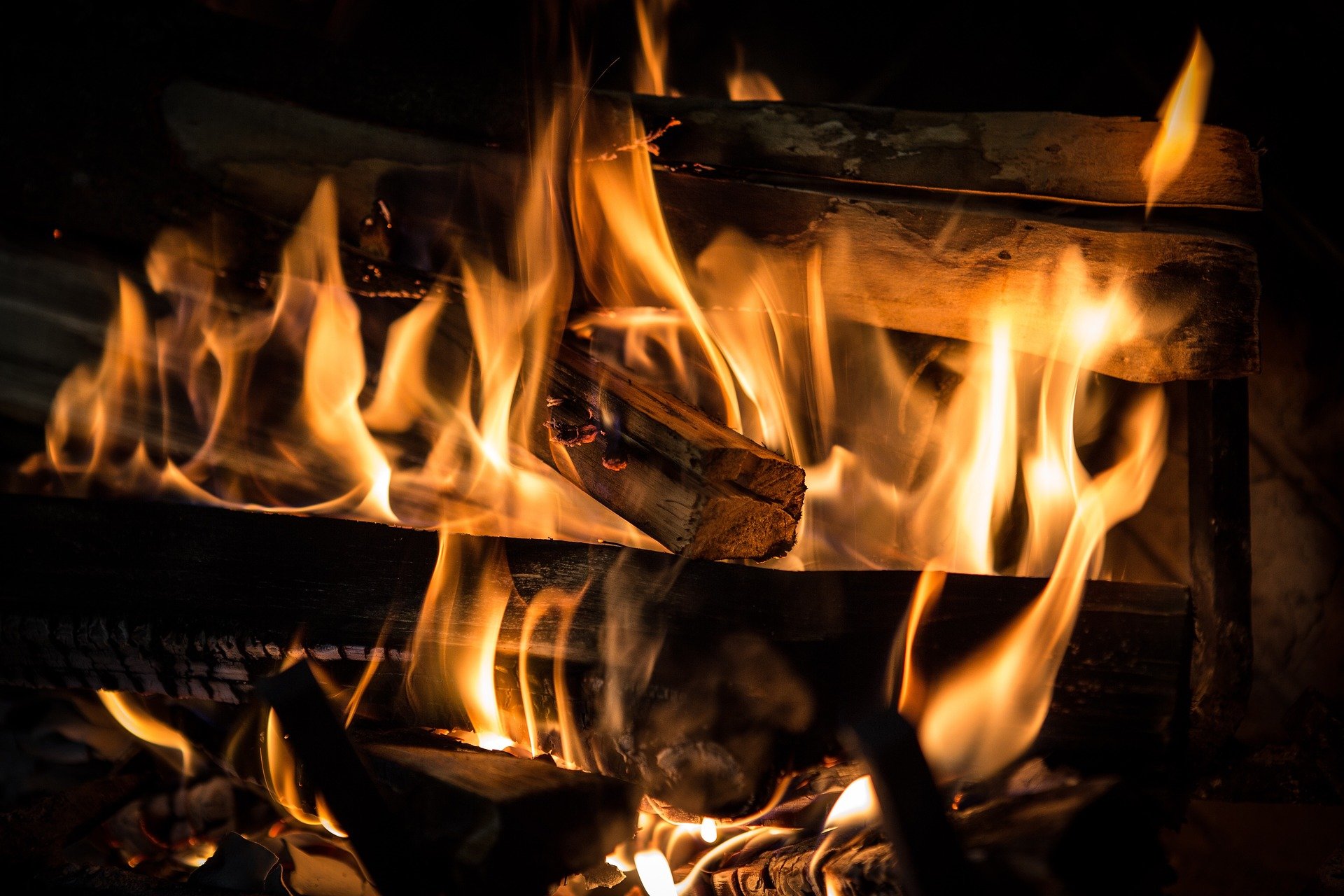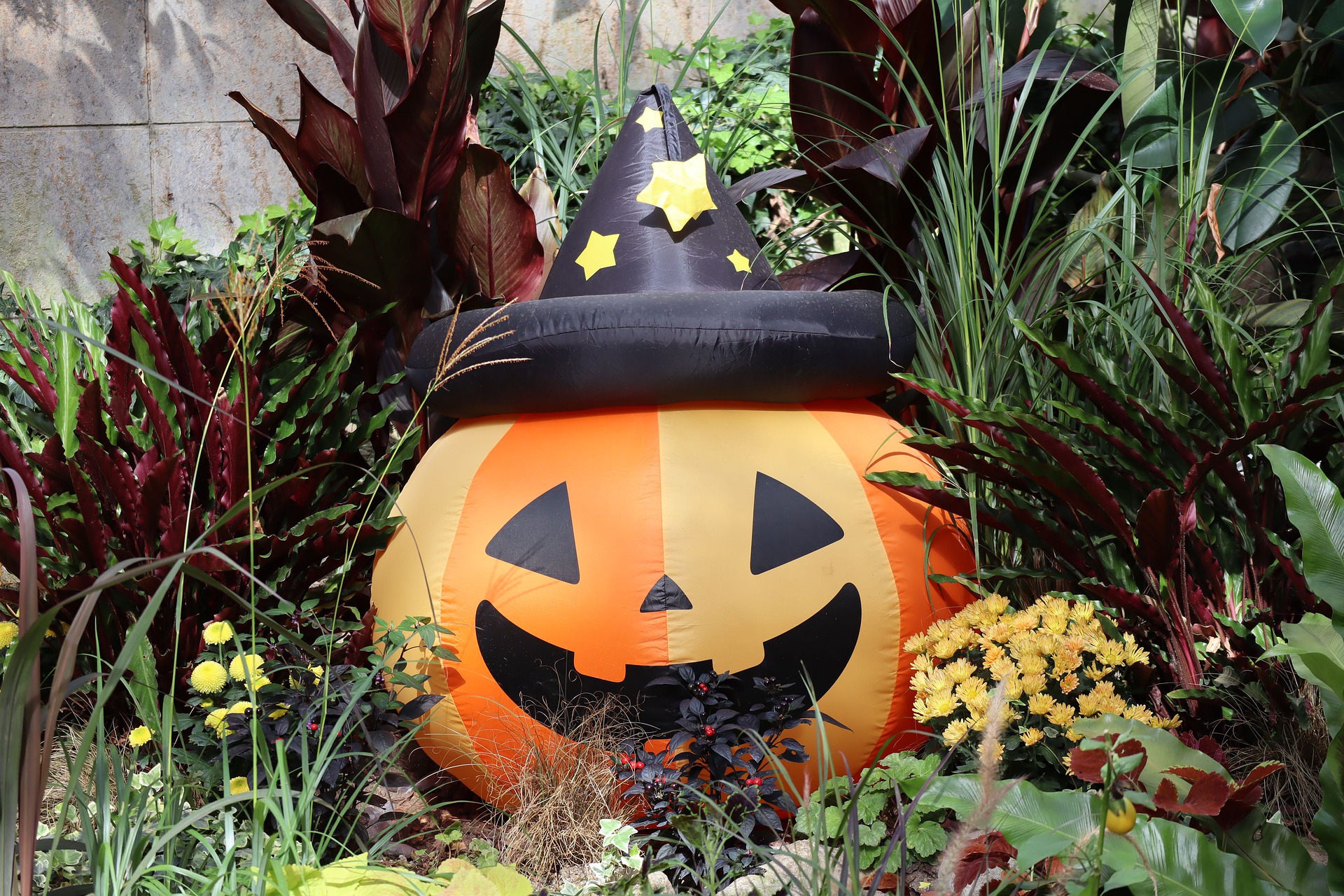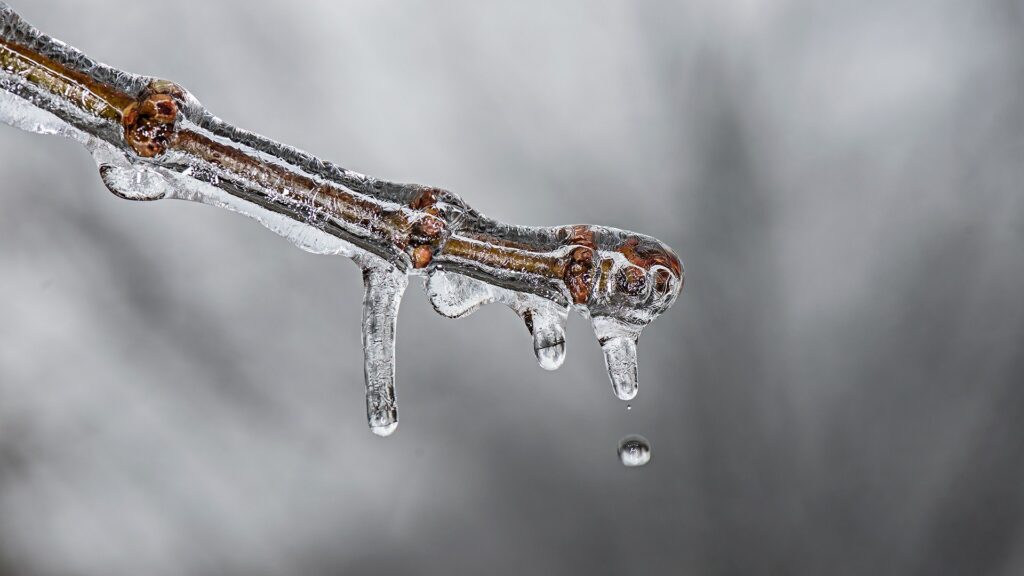Even though cold weather is weeks away, now is a good time to start thinking about how to winterize your house and lawn.
Alabama winters can be fairly mild. They’re more like grayer versions of fall. Of course, in years past, we’ve had some pretty harsh months in the November to February timeframe that have brought extreme cold and inclement weather into the Tennessee Valley.
When such weather does arise, your first thoughts naturally gravitate toward how to keep your family safe. You may consider how it will affect local businesses and schools. If you’re like us, you’re probably anxious to see how many ducks and geese ride the cold front into the South.
Something else we shouldn’t overlook is the fact that temperatures hovering in the teens and twenties can take a toll on our homes. As we sit inside by the fire, pipes, spigots, and other exterior extremities can suffer greatly if not properly treated ahead of time. Knowing how to winterize your house can save you a lot of headaches and money. Taking just a little care now, before winter, can go a long way in maintaining the value and health of your home.
Winterize Your House
Did you know that here in the South we’re more likely to experience frozen pipes than any other region of the country? Temperatures in the twenties can lock them up fast. That’s because with all the moisture in the air, it doesn’t take much for cold to creep into the unheated areas of the home. So, let’s talk about how we can keep that from happening. The following tips on how to winterize your house are basic cold-weather prevention practices that anybody can complete.
Protect Those Pipes
Of all the things that could go wrong during cold weather, frozen pipes are about the worst. Not only will they prevent you from the luxury of running water, they could also crack or bust. And once it warms back up, that means water inside your house or foundation.
Water damage is expensive to repair. Typically a contractor will have to get involved because it could mean ripping out and rebuilding areas most affected. A leaking pipe will also run up your water bill.
To prevent this from happening, let’s give a little attention to those pipes now, before we even see cold weather in the forecast. It’s much easier to work outside with your hands while it’s warm.
First, locate any and all pipes that are either exposed or in unheated parts of the house’s interior. If you have pipes in the garage, basement, or attic, for example, you may consider purchasing some small space heaters to help warm the areas where air vents are not installed. Small space heaters are relatively inexpensive and won’t increase your utility bill by much.

Next, you may need to add insulation to unheated and exposed areas. Use caulk to seal cracks and openings around doors and windows. Finally, purchase some pipe sleeves and duct tape. Most of us already have three or four rolls of the latter. Use the sleeves to tightly wrap unheated or exposed pipes. Seal the slits and joints with duct tape. A last tip is to know where the main water shutoff is so that you can turn it off quickly in a worst case scenario.
Check the Fireplace
We cannot stress enough the importance of cleaning your fireplace. A carbon build-up in the chimney can quickly catch fire and wreak all kinds of dangerous havoc. If your fireplace has not been cleaned in several years, or ever, and you use it a lot and plan to do so this winter, please stop reading this and call a professional. A fireplace cleaning professional has all the equipment to clean your fireplace and chimney’s interior so that they look brand new and perform safely.
If your fireplace is newer and hasn’t been used too much, or has recently been cleaned by a pro, it’s pretty simple. Remove andirons and grate. Shake or brush them off at the hearth so you don’t track ash through the house and set them outside. Give them a solid sweeping with a broom or spray them off with a hose and let set to dry. Use your fireplace shovel and a five-gallon bucket to remove the built-up ash from the fireplace. On a side note, wood ash is an excellent source of lime and potassium. If you plant a garden in the spring, consider adding the ash to your compost pile now or store it so that you can lightly scatter over your soil before planting time.
Next, ensure that the flue is open. This is the little trap door between the fireplace and chimney that allows the smoke to escape up and out. You don’t want to start your first fire of the year only to have the house quickly filled with smoke. It’s not uncommon for birds and other critters to build nests in your chimney. If you can, take a look to see if there are obstructions that would prevent smoke from exiting. If you can’t see a little light coming in through the top of your chimney, please call a professional to come out and clean.
Finally, use a vacuum cleaner to remove the ash and dust you’re not able to get with the shovel and return your andiron and grate to the fireplace.

Cover the Spigots
Much like your unheated or exposed pipes, we must also cover our outdoor spigots. Disconnect all your hoses, drain the excess water by allowing it to run downhill and out, roll them up, and store in a shed or garage if possible. Put a foam faucet cover over the spigot. You can get these at Lowes or Home Depot for just a couple bucks. Most models have a slide cord lock that secures the cover firmly against the house. This step is easy, cheap, and will go a long way in protecting pipes and spigots. And you can use the covers year after year.
Seal Off the Crawl Space
If necessary, close all the vents around the foundation of your home. These would have been installed by the builder. It’s also important to note that some homes utilize closed crawl spaces that are designed to improve energy and reduce the chances of moisture getting into the foundation. If your home has a closed crawl space, you can skip this step. If you have vents, simply slide them closed.
Protect Your Lawn, Plants, and Trees
In order to maintain the beauty of your yard, fall is the time to get it ready for winter. Remove weeds from your flower beds as you don’t want the important plants to have to compete for nutrients. After removing weeds and other debris from the flower beds, put down a healthy layer of mulch. This will help protect the root systems and bases of the plants by keeping the soil’s temperature at a more manageable level. When soil freezes, it has a tendency to force plants out of the earth. Be sure to keep your mulch a couple inches away from the trunks of trees and plants. If it’s piled too close, it can rot the bark and cause irreparable damage.

Fertilize your lawn with a high-potassium fertilizer that’s designed specifically to strengthen plants and grasses under stress. You may also spread cold-weather grass seed in your yard. If you’re really gung-ho, aerate your yard. This will allow nutrients, water, and air to get down to the roots of the grass.
You’ll probably find that minor maintenance and winterizing tasks are necessary throughout the winter to keep your home in top form. These could include raking leaves or shoveling snow should we be lucky enough to get some. Until then, these tips will help you have the bulk of the work out of the way so you can continue to enjoy fall while being ready for whatever winter brings our way.





